- Write by:
-
Thursday, February 22, 2024 - 22:41:24
-
95 Visit
-
Print
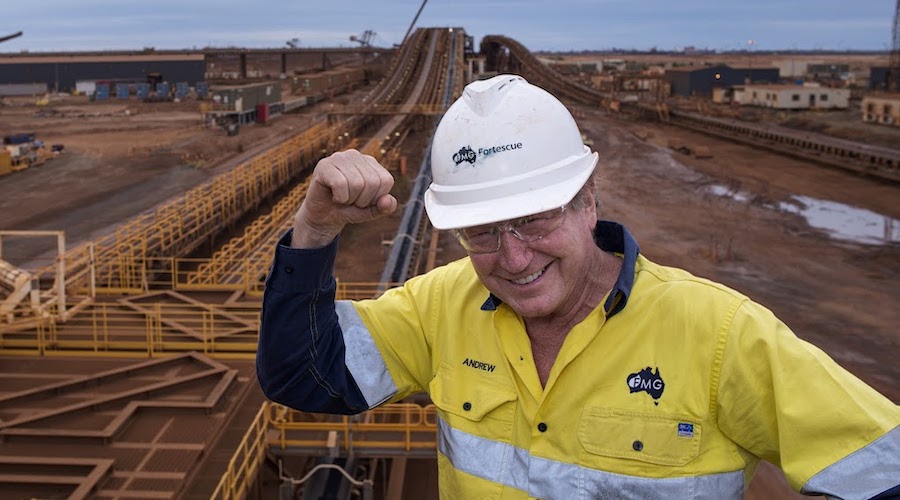
A headline published in The Age back in July 2003 reads: “[Andrew] Forrest has a grand $1.2bn plan for tiny Perth mining company.”
That company was called Allied Mining and Processing and you’ve probably never heard of it. But from small roots this tiny outfit grew into one of Australia’s largest listed companies with a market cap exceeding A$88 billion.
Twenty years ago, Andrew (Twiggy) Forrest renamed this micro-cap stock to Fortescue Metals Group (ASX: FMG). The rest is history, but it was quite the story behind Twiggy’s road to immense wealth.
Fortescue was perhaps the single biggest success story from the last mining boom. A stock that grew from a measly A2¢ per share back in 2003 to more than $10 a share just five years later.
It seems absurd, but that’s around a 50,000% return.
Junior iron ore miners were the poster child from the early 2000s China-led commodity rush. However, it wasn’t a smooth road to success.
You see, back in 2003, Forrest was looking to break into the monopolized iron ore market, a sector dominated by mining giants Rio Tinto (NYSE: RIO; LSE: RIO; ASX: RIO) and BHP (NYSE: BHP; LSE: BHP; ASX: BHP).
At the time, his ambitious venture was mocked by analysts and journalists.
Accessing cash to build a capital-intensive iron ore operation was near impossible in the early 2000’s. Sure, iron ore mining in Australia is relatively cheap and relatively easy to extract. Simply load rock on a boat and ship it to China’s massive steel refineries. But few consider the vast infrastructure required to get to that point. Iron ore is a bulky commodity.
Mine feasibility studies must include costs that extend well beyond the mining operation: railways, ports, loading facilities. It’s this barrier to entry that enabled the majors to retain their grip over iron ore supply in Australia. Yet these challenges didn’t deter Forrest.
Similar to today’s evolving energy transition story, China was emerging as a powerful source of demand for iron ore. In 2003, the country’s GDP was surging at around 9% per year. But few predicted this growth would continue, and fewer still could have comprehended the incredible trajectory of iron ore prices over the next five years.
In 2003, the global economy was reeling from a tech bust and terrorist attacks, with iron ore prices sitting below $20 per tonne.
History repeating?
2023 was a terrible year for most commodities — especially those tied to the renewable energy trend. That’s despite investment in renewable energies hitting an all-time high in 2023 at $1.8 trillion.
According to BloombergNEF that was up 17% from 2022. Yet, junior mining stocks have endured back-to-back years of underperformance.
But while the mainstream narrative turns bearish on critical metal stocks, the world’s most liquid insiders continue to build exposure. That includes mining tycoons Andrew Forrest, Gina Rinehart and Robert Friedland.
These heavyweights are still long on the critical metals mega-theme.
Have no doubt, the spoils will go to those who are able to stick with these gargantuan commodity trends. Twenty years ago, that was iron ore: a commodity that was slow to respond to China’s rampant growth before a massive takeoff.
By 2005, iron ore prices had almost tripled reaching $50 per tonne. Three years later and the price was hovering just below $200 per tonne — almost a 10-fold surge in five years.
Liquidity challenges stalling new mines
Ultimately, higher iron ore prices turned Andrew Forrest’ iron ore ambitions into reality, despite steep development costs.
Which brings us back to today’s market. In a case of history rhyming, critical metal developers sit at the edge of enormous opportunity. It’s why I like to say critical metals stocks are the iron ore developers from 2003.
Sitting at the precipice of a major upward leg in the commodity cycle — yet hobbled by enormous cost of capital required to get projects underway.
Just like it did with iron ore in the early 2000s, expect downbeat sentiment to shift rapidly in line with rising prices.
This is how commodity cycles work. This is how inconceivable capex finds its way into new projects. But don’t take my word for it — watch the world’s biggest insiders and follow their lead.
Short Link:
https://www.miningnews.ir/En/News/628046
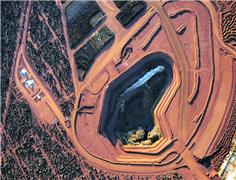
Australian miner Lynas posted a slump in third-quarter sales revenue on Wednesday, missing analyst expectations on the ...
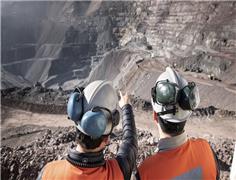
Anglo American Plc said it is has received an unsolicited non-binding combination proposal from BHP Group.
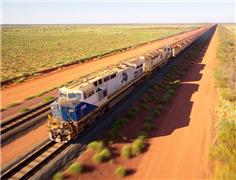
Australia’s Fortescue on Wednesday logged a larger-than-expected decline in third-quarter iron ore shipments, following ...
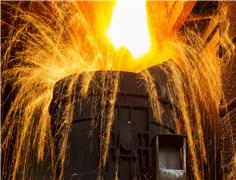
Iron ore futures prices ticked lower on Monday, weighed down by diminishing hopes of more stimulus in top consumer ...
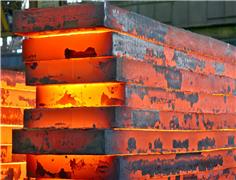
Iron ore futures prices drifted higher on Thursday as the latest soft data from top consumer China triggered renewed ...
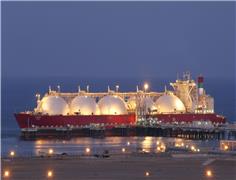
Vitol Group confirmed that it’s starting to rebuild a trading book for metals after a long stint out of the market, with ...
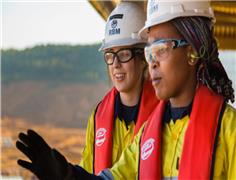
Rio Tinto said on Wednesday it is teaming up with a global venture studio and start-up investor to back the development ...
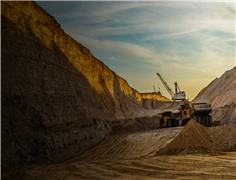
Australia’s Fortescue said on Monday it would form a joint venture with OCP Group to supply green hydrogen, ammonia and ...
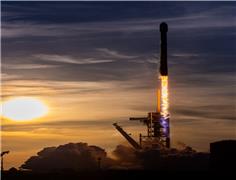
Australian space exploration company Fleet Space Technologies has successfully deployed its next-generation Centauri-6 ...
No comments have been posted yet ...